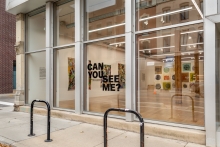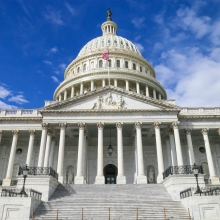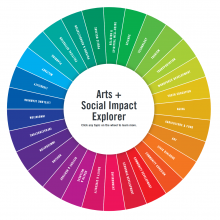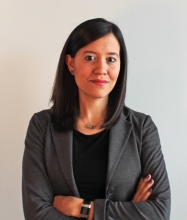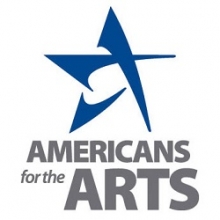Whether or not you practice Kwanzaa, the celebration's Seven Principles apply to all areas of life, including the arts, industry and economics, healthcare, and education. These actions can look like developing community-wide initiatives, such as those that center on art; creating community-led and focused direct impact service organizations; establishing businesses; educational and cultural events; and other enterprises that celebrate and center sustainable economic growth for and within the Black Diaspora. Like the art we create—be it murals during protests, artist community services rebuilding after a natural disaster, micro-grants for entrepreneurship, or any of the multiple ways creatives show up and produce work—Ujamaa, or Cooperative Economics, teaches us that this fundamental drive should grow out of the communal concept that it is for the betterment of our communities. Nobody should be under- or misrepresented, exploited, or oppressed; no one person, business, corporation, nonprofit, or organization holds the power to an unequal distribution of wealth, opportunity, recognition, or expression. As a practice within and among Diasporic populations, this principle asks us to understand that when we share our talents for growth and continued development of our environments, we establish the blueprint for how we survive and thrive.
Read More







